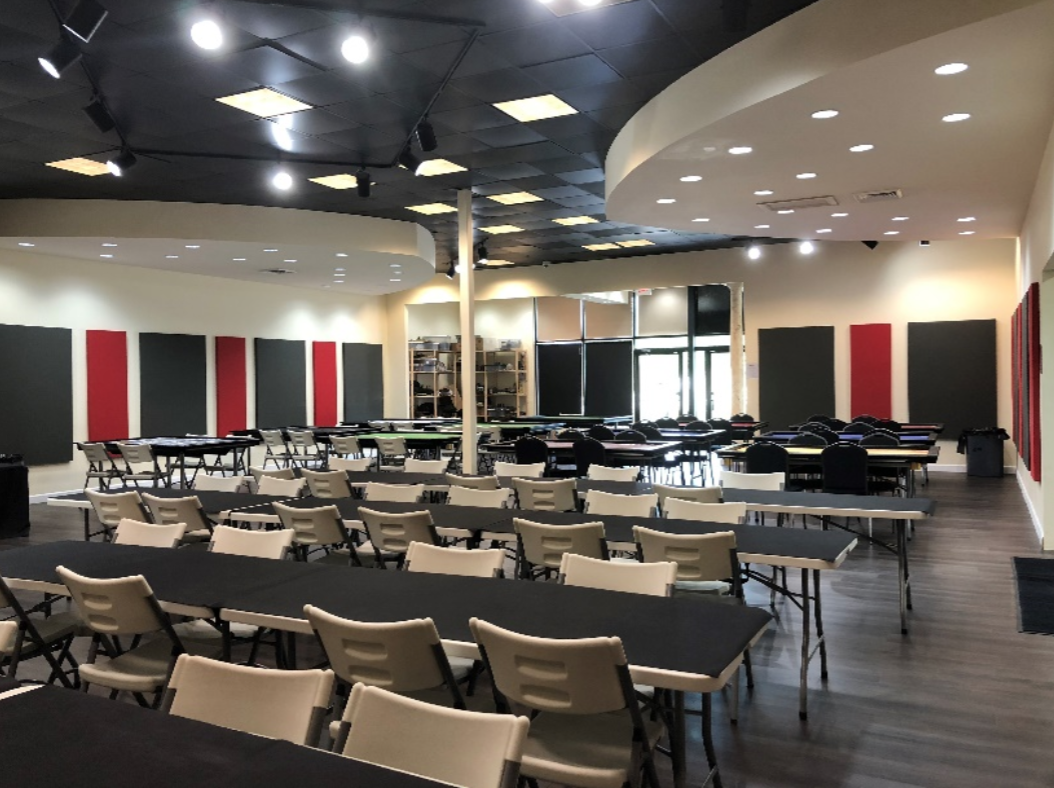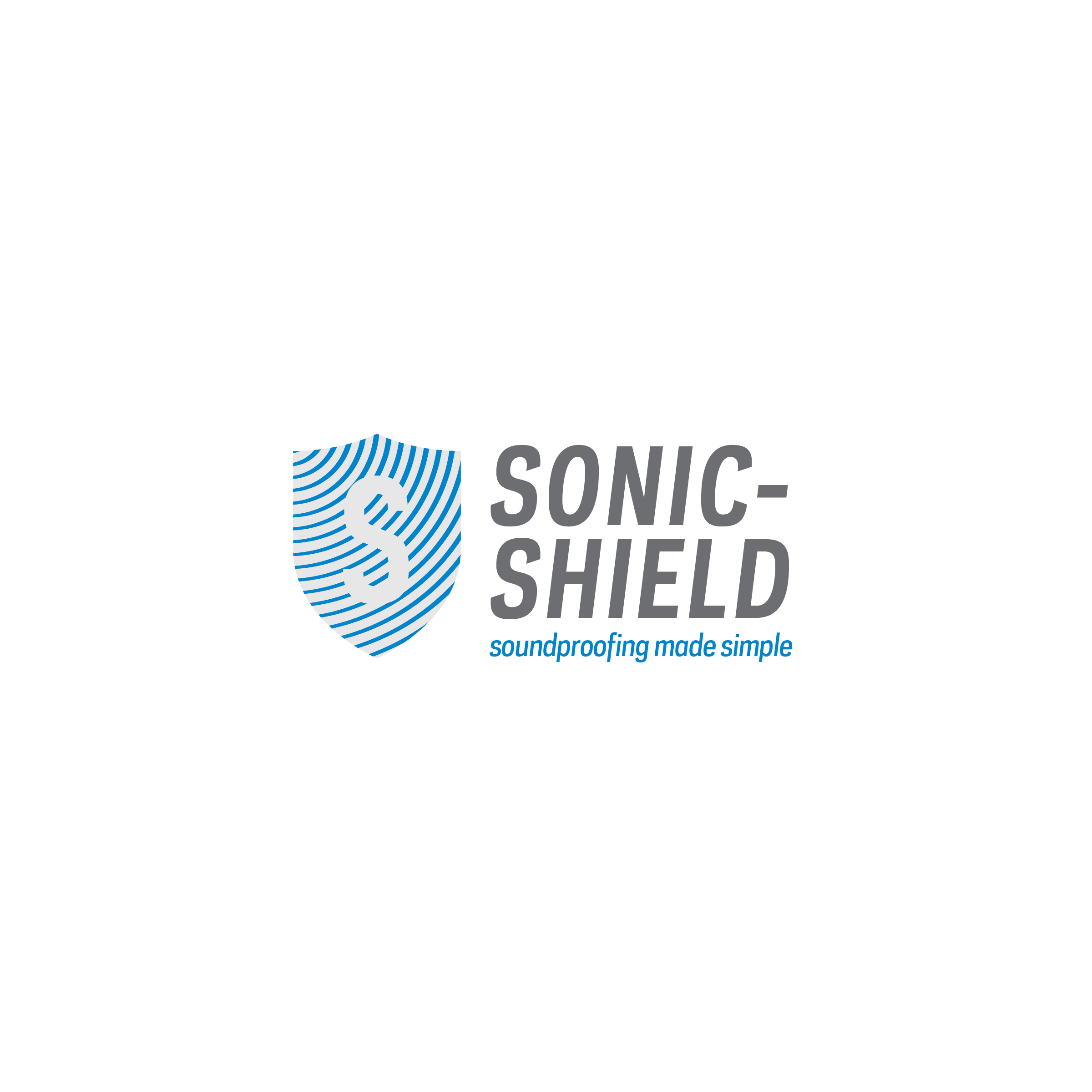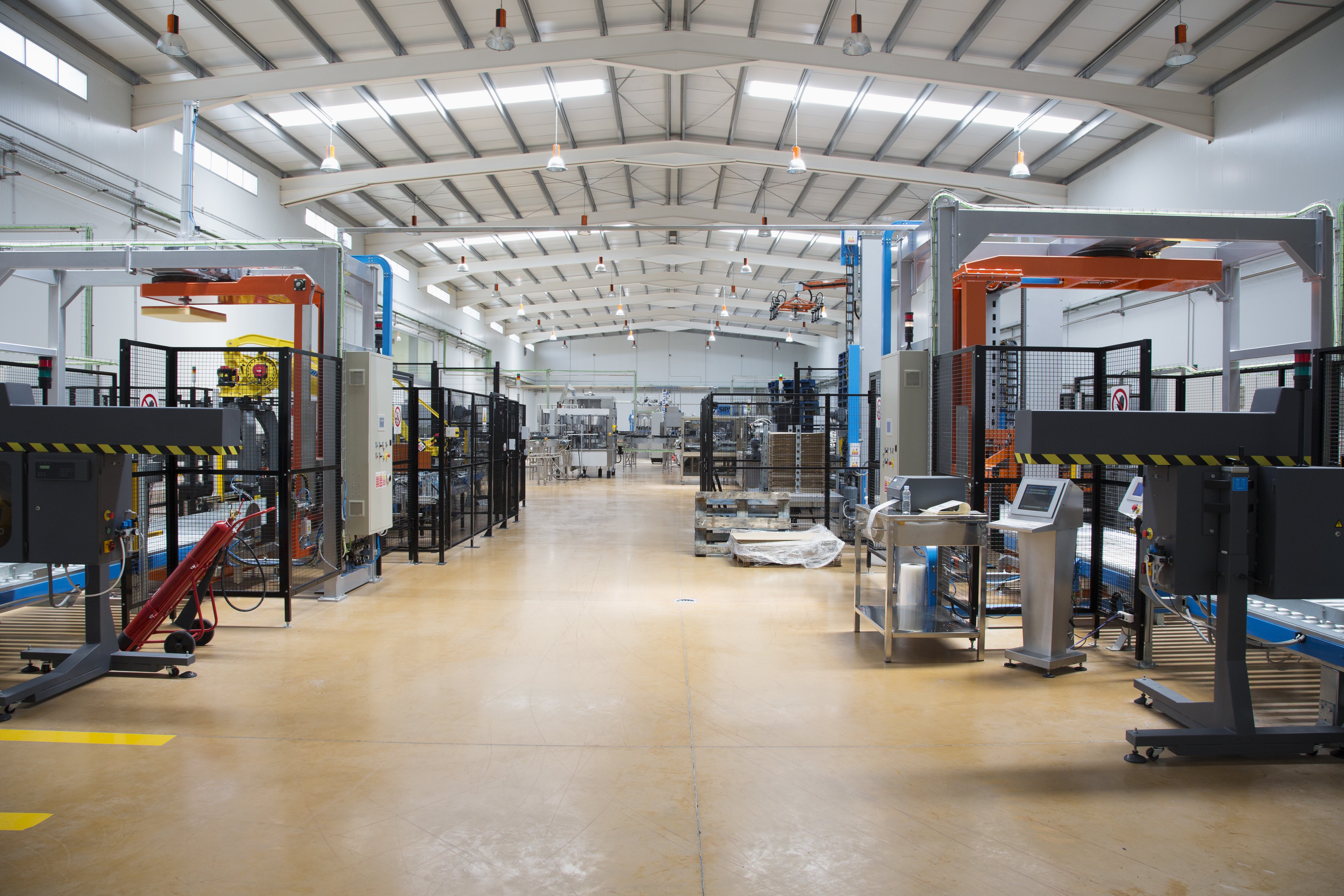
Open floor plans – both residential and commercial – are all the rage. And it’s easy to see why. The expansive spaces are open, collaborative and interactive, and have become a welcomed departure from the compartmentalized, partitioned spaces of the past.
But open spaces do have one major drawback: noise.
The noise in commercial spaces specifically – think: warehouses, open-office spaces, gymnasiums, recreation centers and more – often prove distracting and as such, negatively impact productivity.
In fact, according to a recent article, nearly 50 percent of employees in open floor plans and nearly 60 percent of employees with partitions cited the lack of privacy as well as intrusive noise as the most frustrating aspects of their work environment.
But with countless commercial square feet already sold on open, collaborative spaces, what can employers do to improve productivity – and reduce noise?
What Causes Open-Space Noise
Noise can come from virtually anywhere and will find a way to get through any number of structures, including windows, doors, ductwork, floors and ceilings. In an open-space commercial or industrial setting, noise can come from the din of people conversing, forklifts, outdoor AC evaporators, HVAC systems, generators, pumps, motors, chillers, transformers, and more; the causes are virtually limitless.
Since sound energy can be transmitted through several different media, including gases, liquids and solids, noise easily finds its way into our everyday lives.
A critical first step in developing an effective soundproofing solution is to identify the offending noises and their sources.
Types of Noise Causing Excessive Reverberation (Echo)
Here are some of the types of commercial and industrial noise:
- Flanking: Noise passing around or through heavy, insulated areas into adjacent rooms
- Impact: Noise produced by the collision of two solid objects, like footsteps, dropped objects, etc.
- Random: An oscillation whose instantaneous magnitude is not specified for any given instant of time
- Structural: Noise created by impact or by vibration
- White: Uniform noise over a wide range of frequencies
Solutions & Applications for Open-Space Noise
 Acoustical panels are often the most effective and practical solution for open-space noise issues since enclosing the source of the noise is generally not practical. Rather than trying to soundproof an entire room or building retroactively, placing absorption materials into the space in question has proven over and over again to be the best option for dozens of clients.
Acoustical panels are often the most effective and practical solution for open-space noise issues since enclosing the source of the noise is generally not practical. Rather than trying to soundproof an entire room or building retroactively, placing absorption materials into the space in question has proven over and over again to be the best option for dozens of clients.
Sonic-Shield’s sound-dampening acoustical panels contain Sonic Fiber Noise Absorber which effectively absorbs unwanted noise across multiple frequencies. Our soft panels can reduce echoing, reverberation and other airborne noise to manageable levels. Common applications include: gymnasiums, auditoriums, event spaces, and more.
 At Sonic-Shield, our ability to manufacture panels into custom shapes and configurations allows us to create a wide variety of sound reduction systems for any number of industrial, commercial and residential applications but open spaces are the “sweet spot” for our panels.
At Sonic-Shield, our ability to manufacture panels into custom shapes and configurations allows us to create a wide variety of sound reduction systems for any number of industrial, commercial and residential applications but open spaces are the “sweet spot” for our panels.




